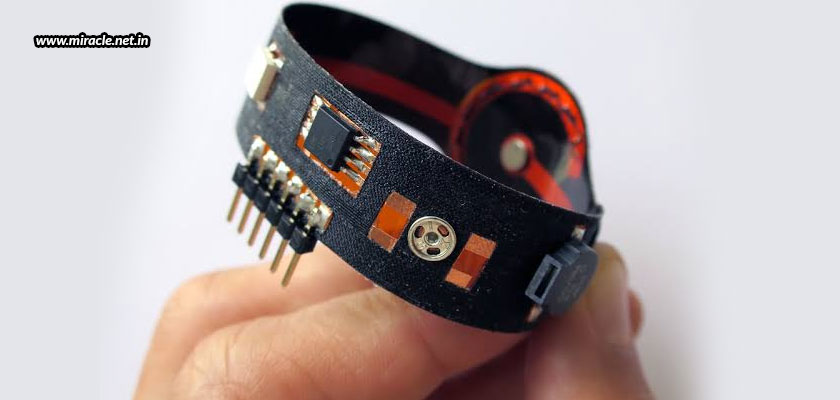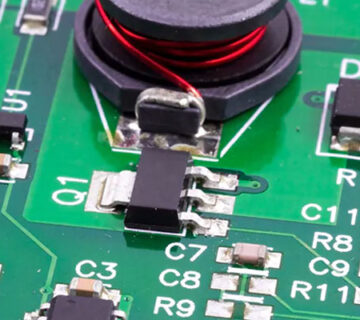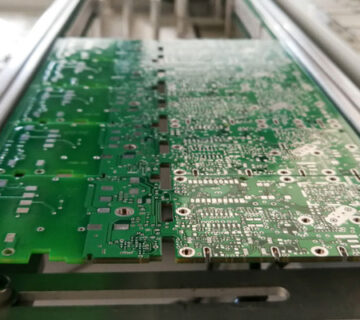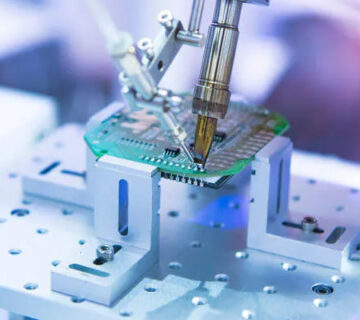Earlier, when only rigid PCBs were available, electronic devices were built to conform to the circuit board. But now, with the advent of flexible PCBs, the circuitry is designed to fit electronic devices. Flexible PCBs, as the name suggests, are flexible, built with a malleable base material and characterized by a distinctly patterned printed circuitry and component arrangement.
Lesser number of components installed
Flexible PCBs are used only for the connection between different functional modules, which is why the number of components that can be assembled on flexible PCBs is smaller than rigid PCBs, and the distribution density is low too. The basic apparatus may include around only 50 components.
Usage in small applications
Flexible PCBs are mainly used in very small applications that need the board to be installed and set into a tiny space. The most popular applications of flexible PCBs include smartphones and digital cameras, and other such light, small, and thin electronic products. The area of a flexible PCB is very small, with the components also being limited; thus, in order to improve the assembly efficiency, many opt for using panels.
Top quality requirements
Flexible PCBs are basically used in applications that require repeated bending and precision control. Also, the components assembled on the board must be able to meet the requirements of the operating environment. All of this requires for top quality requirements of a flexible PCB, such as high reliability of soldering, and anti-static measures.
Cost-effectiveness
Flexible PCBs have a long production cycle, with more tools and operators required, as high requirements of production environment and product quality are required. All of this makes the total cost of flexible PCBs high. But, the benefits that one can achieve with a flexible PCB covers up for the cost; thus making it cost-effective. Some of the most basic advantages of using a flexible PCB include reduced weight, reduced used up space, dynamic flexing requirements, easy installation, thermal management, improve aesthetics, increased reliability, uniform electrical characteristics for high speed circuitry, and improved aesthetics.
With all the above benefits, the usage of flexible PCBs is increasing, as the products being used today are becoming smarter. However, flexible PCBs cannot be directly assembled on the SMP production line like a rigid PCB, because it can be easily deformed, and is light in weight and very thin. This is why flexible PCBs must be fixed onto the substrate of a rigid PCB. The substrate consistency, flatness, and positioning accuracy of components are the key factors that can help achieve product quality control. To help you have the perfect PCB assembly from India for your application, you thus need a professional and experienced manufacturer, who can take care of all these factors and every other facet required. Miracle Electronics is one such manufacturer who has been positioned as the most reliable and versatile PCB assembly manufacturer in India today, where you can receive end-to-end turnkey solutions with the resourceful EMS capabilities that are offered here.
ALSO READ: How Are Flexible Circuit Boards Different From Traditional PCBs?




